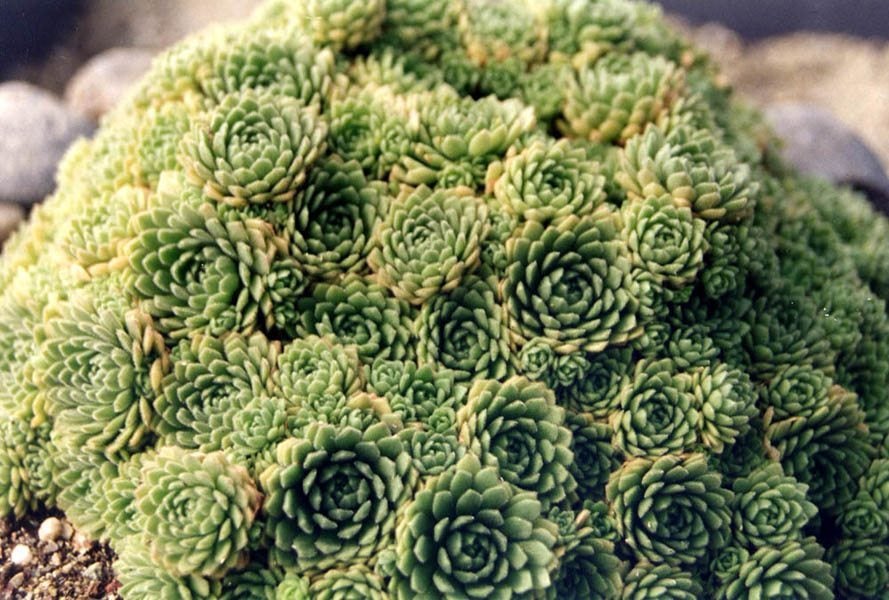What Is Rosularia: Rosularia Information And Plant Care


Succulents are perfect plants for the water conscience gardener. In fact, the quickest way to kill a succulent is by overwatering it or planting it in a soggy location without good drainage. Due to their easy care and small roots, these days succulents are tucked into all sorts of creative planters and mini/fairy gardens. While you can go to almost any home improvement store or garden center and purchase adequate succulents, rare varieties, such as Turkish stonecrop (Rosularia spp.), may only be available in specialty nurseries or online. Many crafters, like myself, like to try out the latest trends while adding our own unique flare to these projects. Rosularia makes an excellent, unique addition to succulent crafts. Continue reading for more Rosularia information.
What is Rosularia?
Turkish stonecrop, aka Rosularia, is a rosette-forming succulent that looks similar to sempervivum or echeveria but is actually related to kalanchoe and jade plant. Native to Turkey and areas of the Himalayan Mountains, most Rosularia varieties are hardy down to zone 5, with a couple varieties hardy to zone 4. Although Rosularia is not actually a sempervivum, they are usually listed with them because the two plants have a very similar appearance. Rosularia grows in small rosettes with flat green succulent foliage, much like hens and chicks. Depending on the variety, Rosularia foliage often has red, purple, or yellow margins that may be covered in tiny hairs, called cilia. When present, these small hairs help plants capture water and nutrients and transport them to the root zone. What obviously sets Rosularia apart from sempervivum are the flowers, which bloom in midsummer. While flowers of sempervivum and many other related succulents are star-shaped, Rosularia flowers are small, tube, or funnel-shaped atop tall stems that grow up from the center of the rosette. These blooms can be white, yellow, pink, or purple and may even be variegated, depending on the variety. After sempervivum blooms, its rosette dies. After Rosularia blooms, its rosette continues to live and can produce more flowers. To deadhead spent blooms, simply cut the flower stems back to the rosette.
Rosularia Information and Plant Care
Rosularia plant care requirements are the same as most succulents. They grow best in full sun to part shade. The soil must be well draining, as succulents will rot when kept too moist. Due to low water needs, Rosularia is an excellent plant for xeriscaping, using in rock gardens, or tucking into gaps in stone retaining walls. The worst thing you can do to Rosularia is overwater it. New plants should be allowed to dry out between waterings. Older, established plants should only be watered in times of extreme drought. In spring, fertilize Rosularia with a 5-10-10 slow-release fertilizer. At this time, you can also give the plant a boost of phosphorus with bone meal. Being a rare succulent, Rosularia may be hard to find at local garden centers. If ordering online, it is best to purchase live plants, as they are very hard to propagate by seed. Rosularia is most commonly propagated by the division of the small rosette “pups” that it produces around the main or “mother” rosette. To propagate from pups, gently remove them from the mother plant, making sure to leave the pup's own roots intact. Then simply plant these pups in the garden, or in a container with a sandy soil mix or cacti potting soil.
Sign up for the Gardening Know How newsletter today and receive a free copy of our e-book "How to Grow Delicious Tomatoes".

Darcy is a former contributor to Gardening Know How. She is a professional landscape designer and gardening writer with experience in plant sales. An avid gardener, Darcy has a passion for sharing practical tips to help others grow.